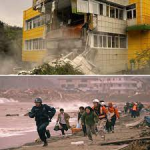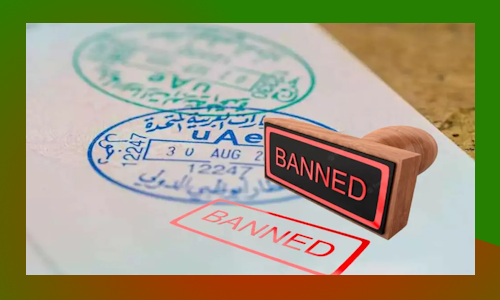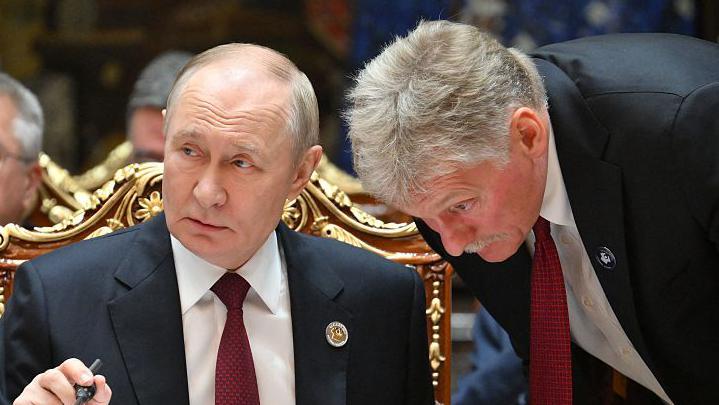Russia, the world’s largest country by land area, stretches across two continents and borders three oceans—making some of its coastal regions vulnerable to seismic oceanic activity, including tsunamis. While Russia is not as frequently affected by tsunamis as Pacific island nations or Southeast Asia, certain regions—particularly along the Pacific coastline in the Russian Far East—have experienced tsunami events due to underwater earthquakes or volcanic activity.

📍 Areas in Russia Prone to Tsunamis
- Kamchatka Peninsula
This volcanic region is one of the most seismically active in the world. It borders the Pacific Ocean and is part of the “Ring of Fire”, making it a hotspot for both earthquakes and tsunamis. Historical records show significant tsunami incidents in Kamchatka, including the 1952 Severo-Kurilsk tsunami, which caused hundreds of deaths. - Kuril Islands
This chain of islands between Russia and Japan is exposed to major tectonic activity. Tsunamis generated here often originate from large undersea quakes near the Japan Trench. - Sakhalin Island
Located in the Sea of Okhotsk, Sakhalin has experienced moderate tsunami threats due to offshore earthquakes.
🌐 Major Tsunamis in Russian History
- 1952 Kamchatka Tsunami
Triggered by an 8.9 magnitude earthquake, this tsunami hit Severo-Kurilsk, destroying much of the city and resulting in over 2,300 deaths. It remains the deadliest tsunami in Russian history. - 2006 Kuril Islands Tsunami
A magnitude 8.3 earthquake created a tsunami wave over 1.5 meters high. Fortunately, damage was minimal due to early warnings and sparse population in the impact area. - Modern Warnings
Thanks to satellite monitoring and international cooperation, Russia has improved tsunami early-warning systems, especially in high-risk regions like Kamchatka and the Kuril Islands.
🧠 What Causes Tsunamis in Russia?
- Subduction Zone Earthquakes
Most tsunamis in Russia occur due to massive undersea earthquakes along subduction zones in the Pacific Ocean, where tectonic plates collide. - Volcanic Eruptions
With over 160 volcanoes in Kamchatka alone, undersea eruptions can displace large amounts of water and lead to tsunamis. - Landslides or Glacier Collapse
Although rare, sudden underwater landslides or glacier collapses into the sea can trigger localized tsunami events.
⚠️ Russia’s Tsunami Preparedness Measures
- Early-Warning Systems:
The Russian Tsunami Warning Center in Petropavlovsk-Kamchatsky monitors seismic activity and alerts coastal regions through SMS, sirens, and radio. - Evacuation Drills:
Local authorities conduct community-based drills, especially in Kamchatka and Sakhalin, to ensure readiness in the event of an emergency. - International Cooperation:
Russia collaborates with neighboring countries such as Japan and the United States to share tsunami data and improve prediction accuracy.
🧾 Conclusion
While tsunamis are not daily threats in Russia, the risk remains significant in certain Pacific coastal regions. By understanding the historical context, Russia is better equipped than ever to minimize damage and save lives. Awareness and preparedness remain key to reducing the impact of natural disasters like tsunamis.












